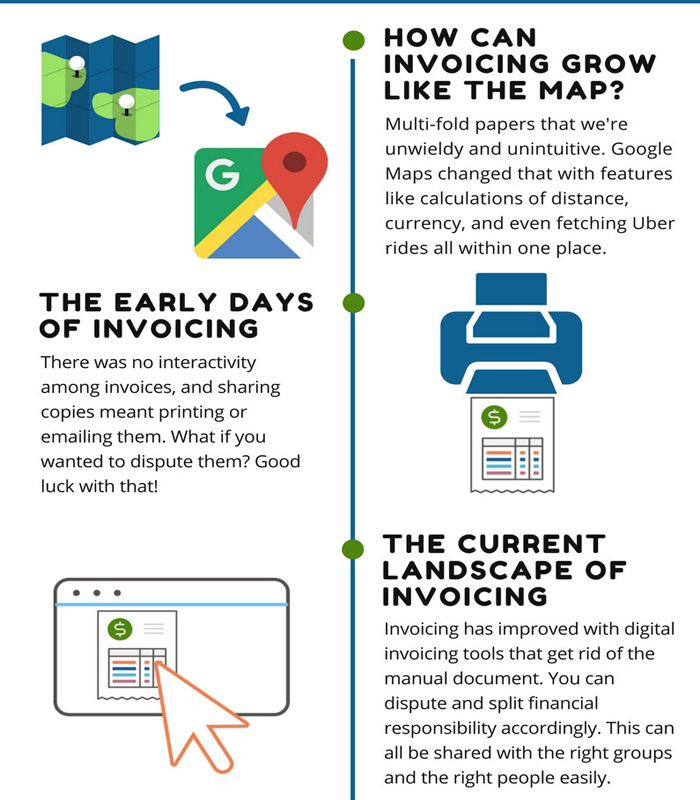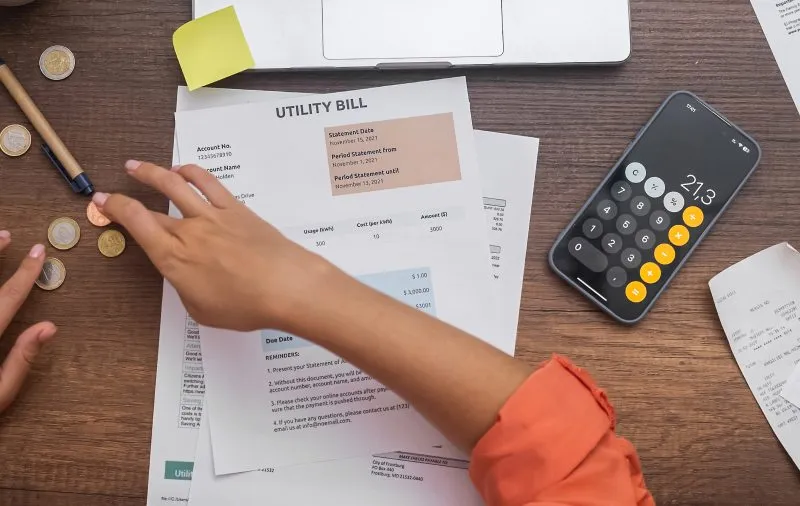The recent report by Billentis states that the size of the global e-invoicing and adjacent market in 2017 is Euro 3.3 billion that will reach approximately to Euro 16.1 billion in 2024. Asia and Latin America are expected to achieve the highest annual growth rates. The countries like Europe and North America see the benefits of using e-Invoicing.
Gradually, electronic documents have replaced paper-based invoices for over 20 years now. e-Invoices streamlines business processes,reduces manual data errors and eliminate scanning. In phase one of market development, the European market was developed mainly by private industry advanced by high volume industries. Nowadays, it is the increasing number of governments or the organizations to exchange invoices electronically.
Every year 2-3% of the bill/invoice volume increases. The several reasons including:
- – Electronic invoices are cheaper and allow suppliers to send invoices more frequently
- – Some countries mandates suppliers to send bills/invoices within 15-30 days of their performance delivered
- – Increase of population, the number of household and enterprises
- – Suppliers improve their working capital and are no longer willing to give credit to their clients due to low billing/invoicing frequency
The report covers the four main basic e-Invoicing market models:
1) Supplier direct: a supplier implements an e-billing/e-invoicing solution for distributing the electronic invoices in different channels. Popular in high-volume industries as well as online shopping portals.
2) Buyer direct: e-invoicing/e-billing for receiving the electronic invoices via different channels. It is preferred by large organizations with a limited number of suppliers.
3) Network model: Issuer and recipient only have one just one interface to their service provider. The operator supports the main legal requirements, authenticity, and end to end data integrity.
4) Clearance Model: The clearance model used by the Governments that require businesses and taxpayers to exchange digital invoices through tax authorities. According to the Billentis report, this will bring savings for companies i.e. (8-39)% of tax compliance costs compared to paper invoices.
TO PUT IT ANOTHER WAY:
The market is already aware of the e-Invoicing advantages, still, pure e-Invoicing services are no longer sufficient as the demand for the support of additional processes, documents and services are increasing. Also, the role of the service providers and the consulting companies is very critical. The consulting companies are to advise enterprises how to optimize as many operations within the supply chain as possible. Also, these firms tailor a solution to the customer’s needs, integrate with other IT systems and offer vast experience of all the processes within the supply chain.
Thanks to Invoicera that enables improved communication within the company, handling automation, accounts payable automation capabilities and leveraging financing solution. With the online invoicing solution, the company will increase efficiency and helps to run their operations better. The automated e-Invoicing processes provides faster invoice processing and lower error rates. For suppliers and buyers, e-Invoicing enables to:
- – Reduce processing costs and automate repetitive tasks
- – Improve the supplier customer relationships
- – Saves time and cost
- – Improves the visibility and traceability of invoices
If you want to read more information: Your business must be ready for e-Invoicing by 2024, especially in LATAM and Asia














